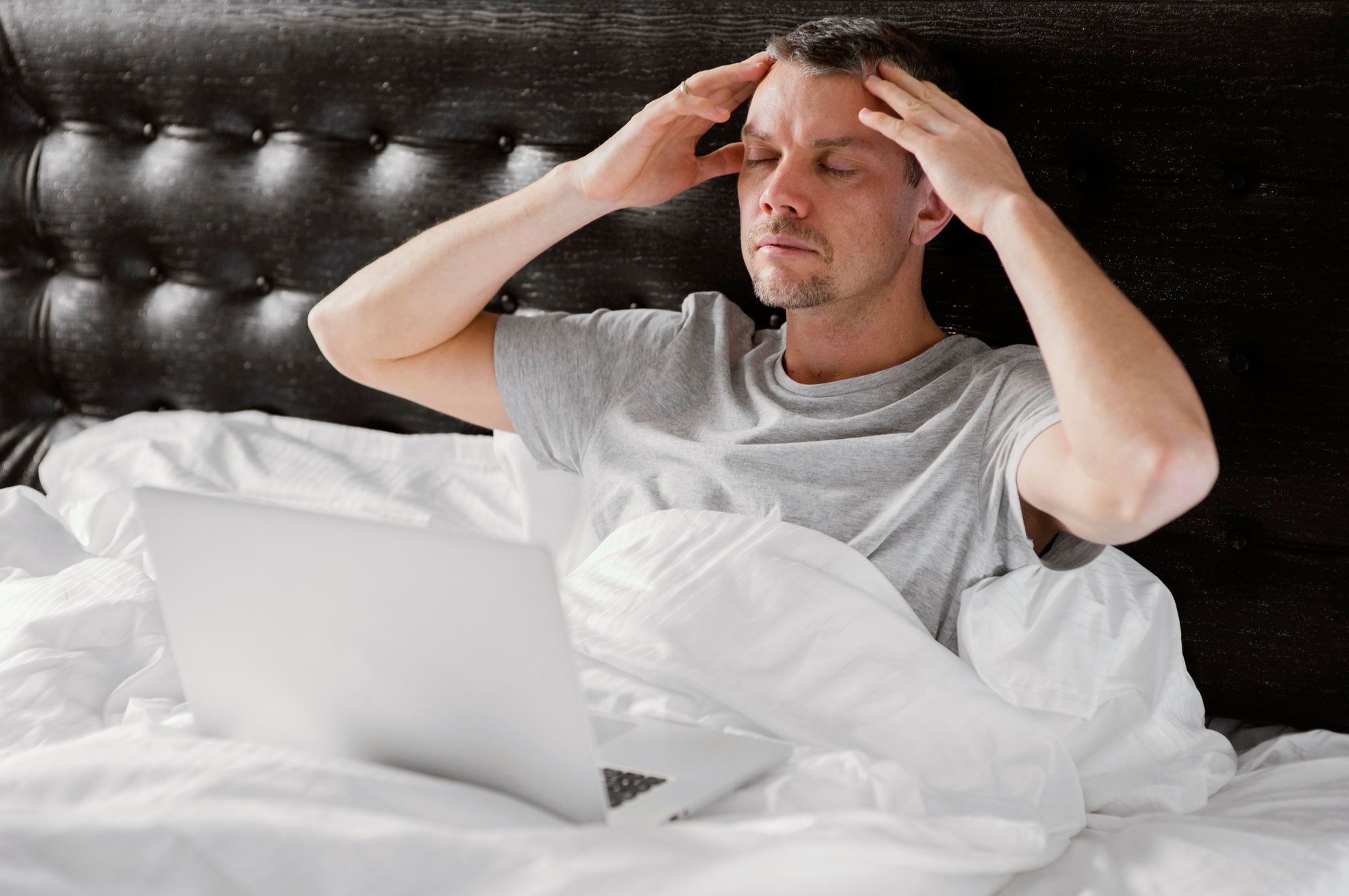Having a restful night of sleep is a gift after a long day at work. However, a subtle threat known as sleep apnea can endanger it. The signs and symptoms of sleep apnea will be covered in this article, enabling you to decide when it’s necessary to seek treatment. We’ll also present a ground-breaking technique for maintaining CPAP hygiene, a critical component of treating sleep apnea.
Understanding Sleep Apnea
A common sleep disorder called sleep apnea is characterized by breathing pauses while you’re asleep. These disruptions, known as apneas, can be brief but recurrent, and they frequently result in fragmented sleep and lower blood oxygen levels. Sleep apnea comes in two primary forms:
Obstructive Sleep Apnea (OSA):
This is the more frequent type, which happens when the muscles of the throat relax too much and restrict the airway.
Central Sleep Apnea:
This more uncommon type occurs when the brain fails to communicate properly with the respiratory muscles.
Signs of Sleep Apnea
Do you suspect that you may have sleep apnea? It’s critical to recognize the sleep apnea symptoms and indicators. Here are a few typical signs:
Continual and Loud Snoring:
Snoring loudly and frequently could indicate sleep apnea in you or your partner.
Breathing Pauses:
During sleep, you could notice periods when your breathing pauses or changes, followed by gasping or choking noises as your breathing resumes.
Excessive Daytime Sleepiness:
Even after a full night of sleep, persistent exhaustion may indicate the presence of sleep apnea.
Having Trouble Concentrating:
Poor sleep can lead to cognitive deficits like memory loss or difficulties in concentration.
Regular Headaches:
Regular headaches in the morning may be a sign of oxygen deficiency brought on by sleep apnea.
Mood swings and irritability:
Lack of sleep can have a negative impact on mood and cause irritation, melancholy, and mood swings.
Frequently Urinating at Night:
Your sleep pattern may be disturbed by excessive nightly urine brought on by sleep apnea.
Elevated Blood Pressure:
Due to the strain it places on the cardiovascular system, hypertension is frequently linked to sleep apnea.
Choking or Gasping:
You must look at the underlying problem if you awaken gasping or choking.
Gaining Weight:
A substantial risk factor for sleep apnea is obesity. The airway may get narrowed as a result of being overweight.
Do I Have Sleep Apnea?
How do you know if you have sleep apnea? If you or a loved one exhibits one or more of these signs of sleep apnea, it’s time to consult a healthcare provider. A proper diagnosis is essential, as untreated sleep apnea can have severe health consequences. Typically, a sleep study (polysomnography) carried out in a sleep clinic serves as the basis for the diagnosis.
How To Treat Sleep Apnea?
Depending on how severe the issue is, there are various sleep apnea treatment options available after a diagnosis. Continuous positive airway pressure (CPAP) therapy and lifestyle modifications like weight loss and positioning therapy are common forms of treatment.
Regular Maintenance and Cleaning of CPAP Accessories with Lumin CPAP Sanitiser
The maintenance and cleanliness of your CPAP equipment are one of the most important components of maintaining good CPAP therapy. For various CPAP components, manufacturers advise daily, weekly, and monthly cleaning procedures. This can be a laborious and time-consuming task.
The Lumin CPAP Cleaner and Sanitiser, however, is a more practical solution to guarantee that your CPAP equipment stays hygienic. The UVC light source used by Lumin is a specialised, high-power UVC light source that specifically targets the wavelength (254 nm) known to kill dangerous bacteria, viruses, mould, and fungus. The same kind of lighting is utilised in sterile clean rooms and operation rooms in hospitals.
You can quickly sanitise your CPAP accessories and breathing apparatus components, such as masks, tubing, hoses, and humidifier chambers, using the Lumin CPAP Sanitiser. It is a simple and efficient way to maintain your CPAP equipment because it just requires one touch and takes five minutes to properly sanitise everything in the tray.
You may improve the hygiene of your CPAP machine and manage your sleep apnea more successfully by including the Lumin Multipurpose Sanitiser in your daily routine.
Conclusion:
The first step to getting healthier, more restful sleep is recognising the telltale signs and symptoms of sleep apnea. Consult a healthcare expert for a correct diagnosis and treatment if you think you might have sleep apnea. Additionally, keeping your CPAP equipment clean and hygienic is essential for effective therapy, and the Lumin CPAP Sanitiser offers a practical way to make clean CPAP accessories. You can regain the quality of your sleep and your general health with the right care and management.

